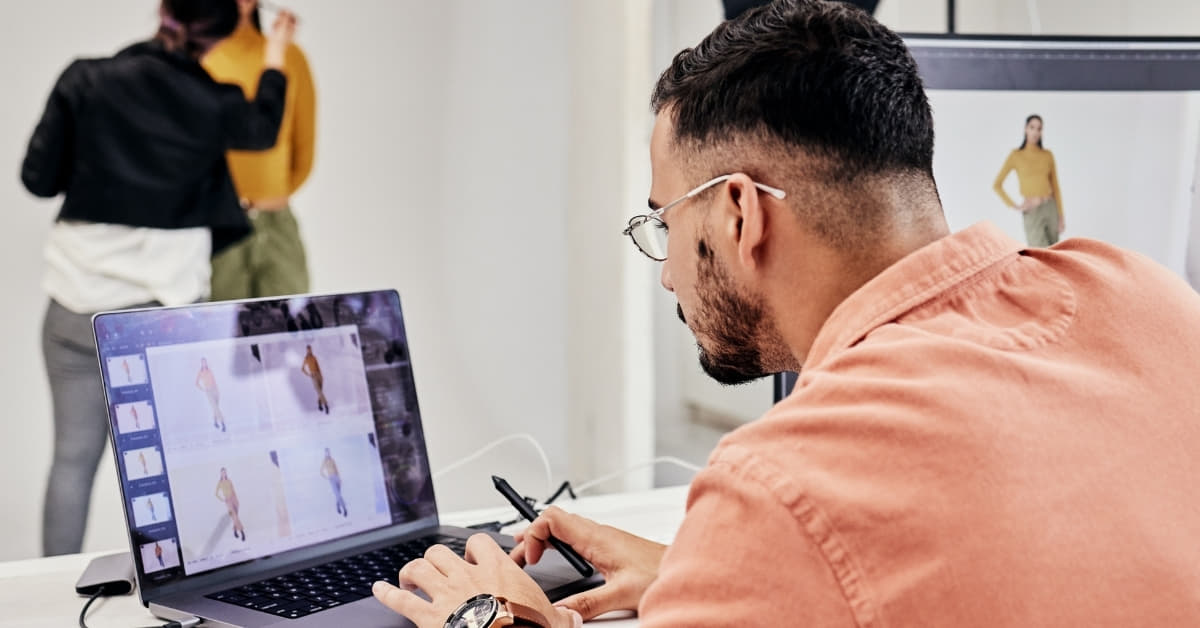In the era of digital photography, the significance of editing and retouching has become undeniable. Whether you are a professional photographer or an amateur capturing precious moments, the process of refining and enhancing images has become an essential skill. In this article, we will delve into the world of photo editing and retouching, exploring techniques, tools, and best practices to achieve stunning results.
Understanding Editing and Retouching
Editing and retouching are transformative processes that involve adjusting and refining images to improve their visual appeal. While editing focuses on enhancing overall composition, retouching deals with fine-tuning details and eliminating imperfections. Both processes work in tandem to create visually striking photographs.
Key Techniques for Editing and Retouching
1. Color Correction:
- Adjusting the color balance and saturation to enhance the overall mood of the image.
- Correcting color casts caused by different lighting conditions.
2. Contrast and Brightness:
- Fine-tuning contrast to make elements in the image stand out.
- Adjusting brightness levels for a balanced and well-exposed photo.
3. Cropping and Composition:
- Cropping to improve the composition and eliminate distracting elements.
- Straightening and aligning the image for a polished look.
4. Skin Retouching:
- Smoothing out skin tones and textures.
- Removing blemishes, wrinkles, and imperfections.
5. Sharpening:
- Enhancing image details for a crisp and clear appearance.
- Applying selective sharpening to specific areas.
Tools for Effective Editing and Retouching
1. Adobe Photoshop:
- Renowned for its versatile tools for both editing and retouching.
- Offers advanced features like layers, masks, and filters.
2. Lightroom:
- Ideal for color correction, exposure adjustments, and basic retouching.
- Non-destructive editing capabilities.
3. Capture One:
- Known for its exceptional color grading and tethering capabilities.
- Popular among professional photographers for its high-quality output.
FAQs
What is the difference between editing and retouching?
Editing involves overall enhancements to the image’s composition, while retouching focuses on fine-tuning details and eliminating imperfections.
Can I use free online tools for editing and retouching?
Yes, there are free tools available, but professional software like Adobe Photoshop or Lightroom often provides more advanced features and better results.
How much retouching is too much?
It depends on the purpose of the image. For professional portraits, subtle retouching is often preferred to maintain a natural look.
Is it necessary to retouch every photograph?
No, not every photo requires extensive retouching. The level of retouching depends on the intended outcome and the preferences of the photographer.
Conclusion
Mastering the art of editing and retouching is essential for creating visually appealing and professional-looking photographs. By understanding the key techniques and utilizing the right tools, you can elevate your images to new heights. Experiment, practice, and embrace the transformative power of editing and retouching to unlock the full potential of your photography.
Remember, the goal is not to create unrealistic images but to enhance and showcase the beauty that already exists within your photographs.
This page was last edited on 24 February 2024, at 1:04 pm
